In the Shadow of Tariffs, Xi Makes His Rounds—But ASEAN Still Pins Its Hopes on the US
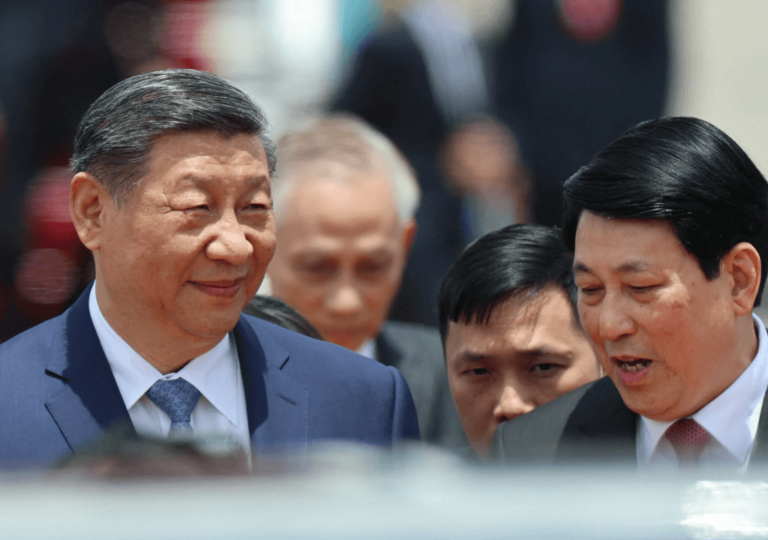
As Xi Jinping deepens ties in Southeast Asia, ASEAN nations quietly navigate trade diplomacy—still hoping toward the U.S. amid rising China-U.S. tariff tensions.

As Xi Jinping deepens ties in Southeast Asia, ASEAN nations quietly navigate trade diplomacy—still hoping toward the U.S. amid rising China-U.S. tariff tensions.
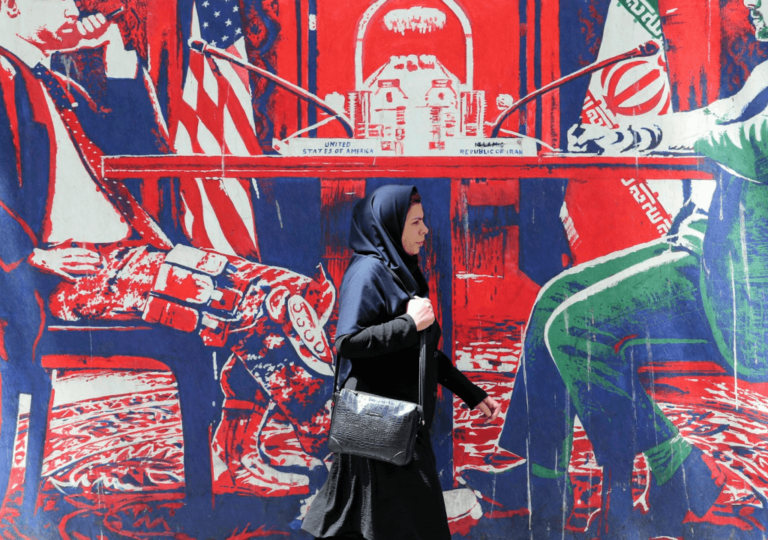
Positive signals emerge after the first round of US-Iran nuclear talks in 2025. Is a new agreement finally within reach after years of deadlock?
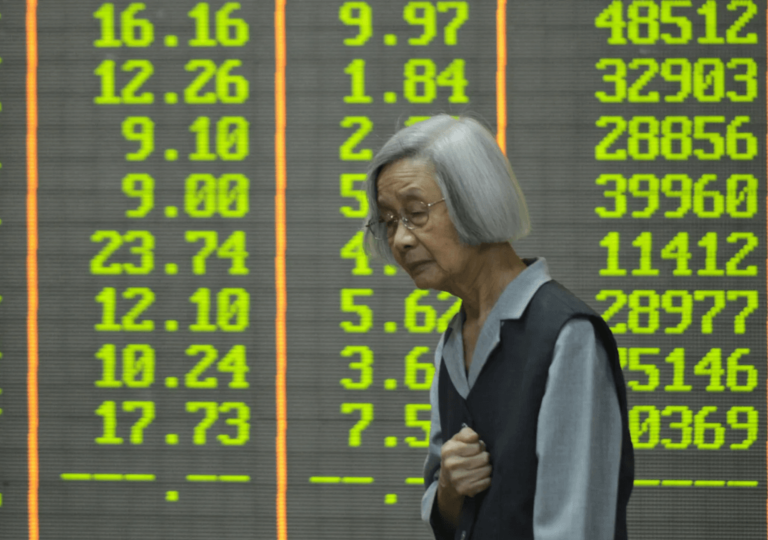
As Trump's tariffs escalate, China resists pressure, seeks new trade alliances, and signals it won't back down in the deepening US-China trade conflict.
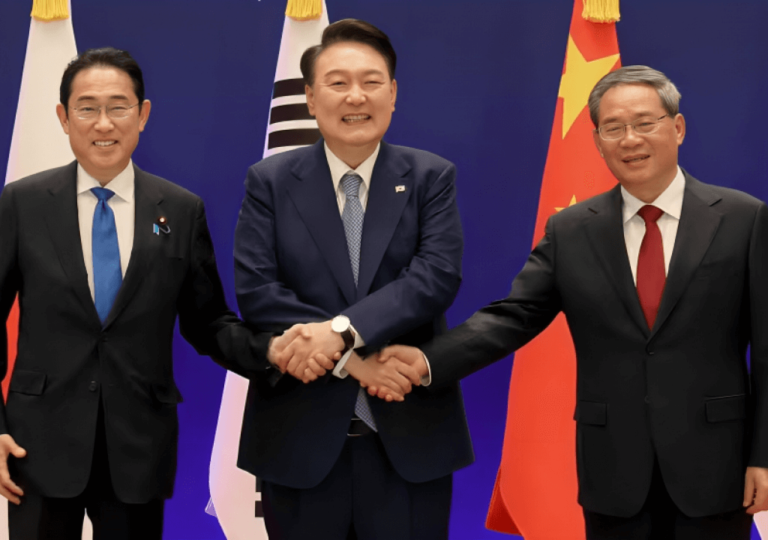
As China, Japan, and South Korea strengthen trade ties, can East Asia overcome historical rivalries to form a dominant economic bloc? Explore the potential impact on regional and global relations.
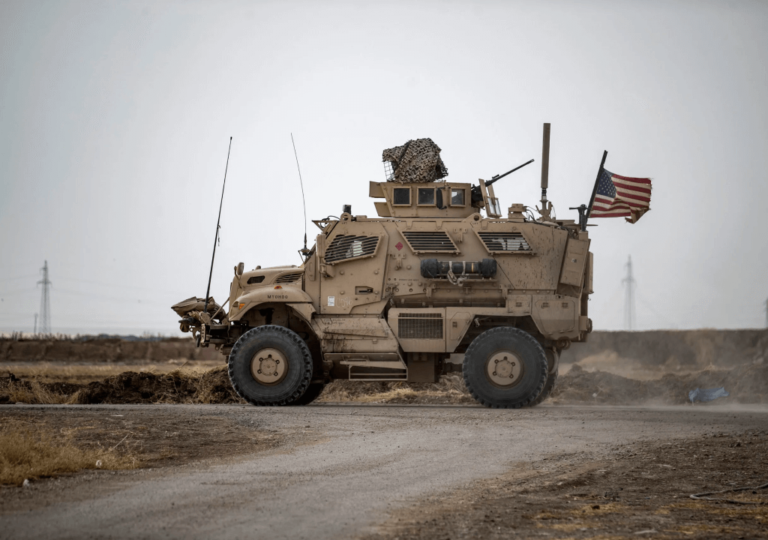
As tensions rise with Yemen, could it become the next major conflict involving the U.S.? Explore the shifting dynamics, key players, and the potential for escalation in the region.
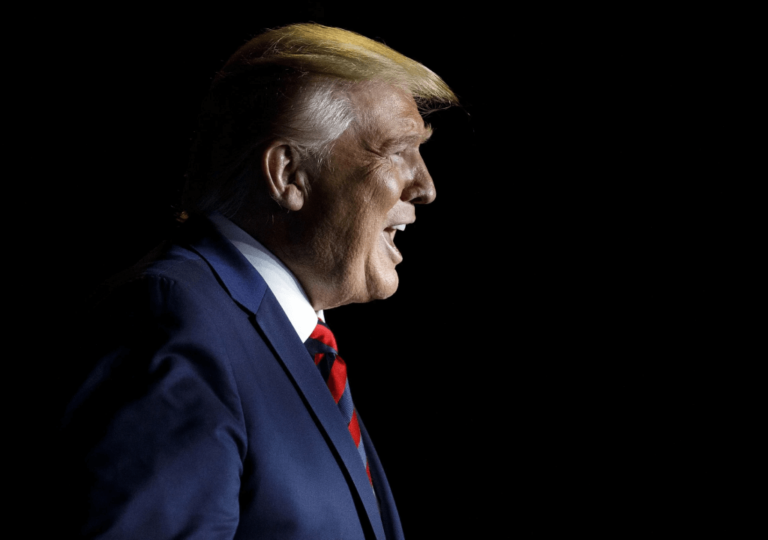
As Donald Trump offers talks with Iran, the world watches to see if this move will ease tensions or deepen Iran’s political crisis. Is it diplomacy or a trap?

As semiconductor manufacturing moves to the U.S., is Taiwan losing its strategic leverage?
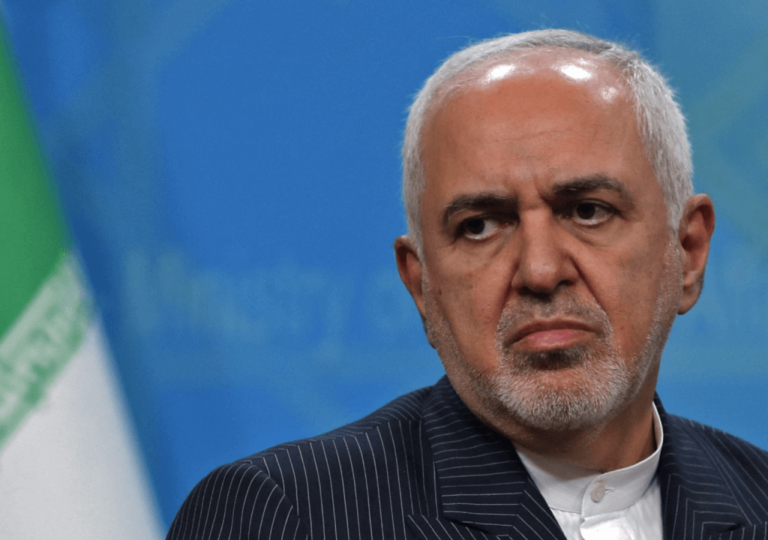
Iran’s reformist vice president has been removed, signaling a shift toward conservative control and a weakening chance of diplomacy with the West.
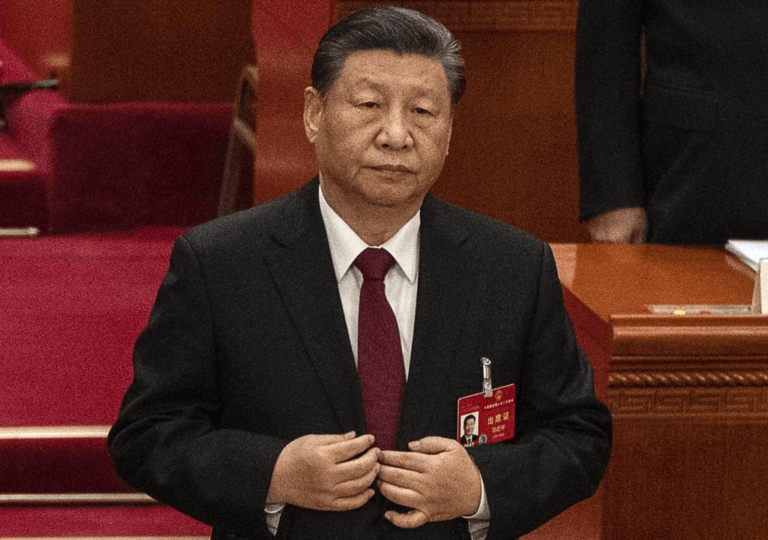
As the U.S. pulls back from its global role, can China step up as the new world leader?
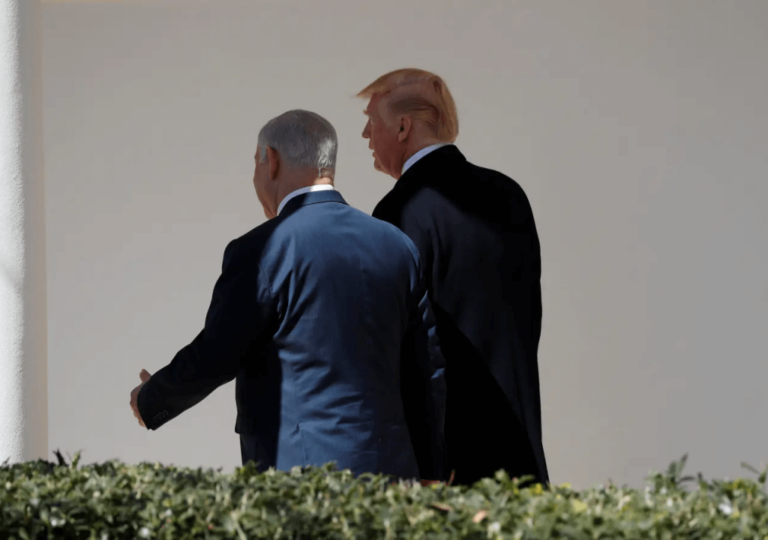
With Netanyahu’s support, is Trump’s plan more likely to succeed, or will it face the same political and legal hurdles?